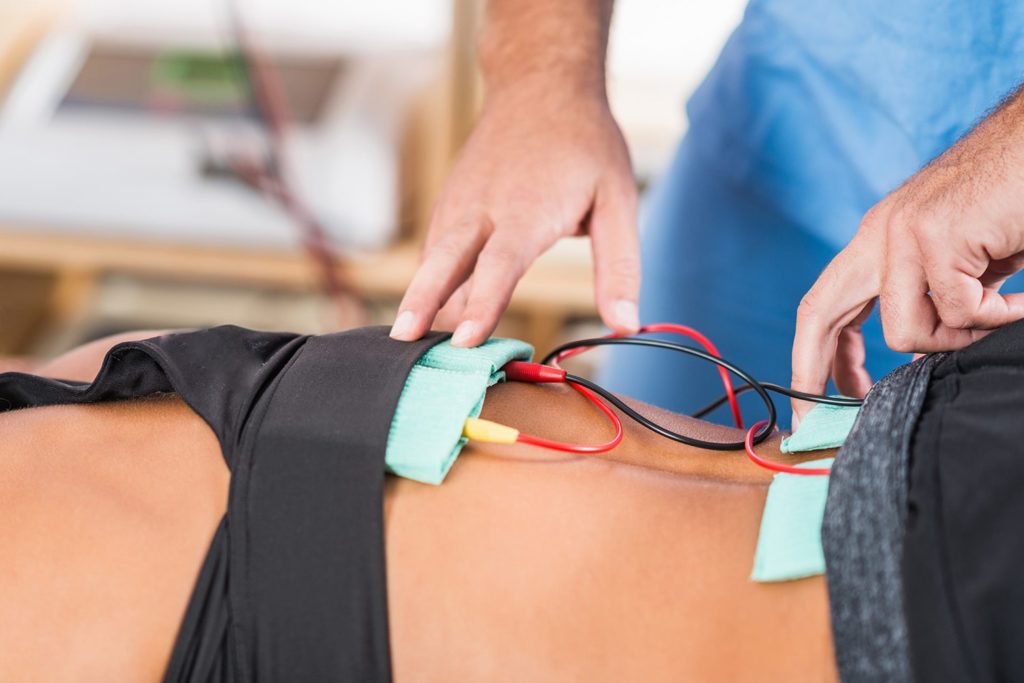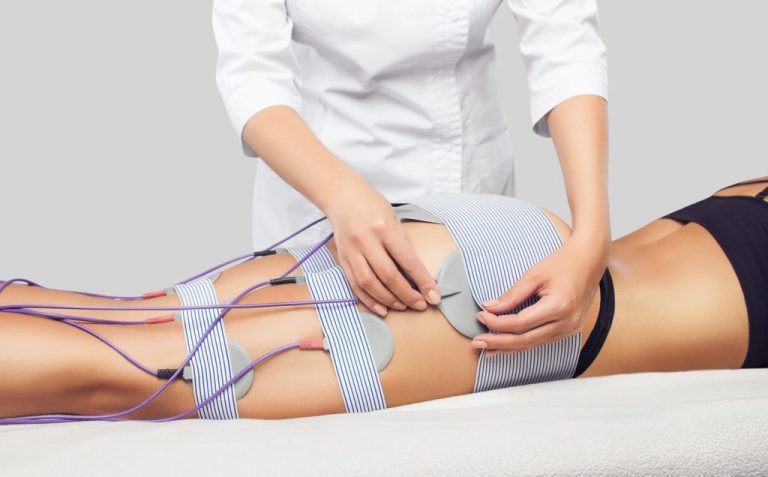The healing properties of electricity were discovered long ago and are still appreciated by specialists today. Electroplating is just one of many electrotherapy methods. What exactly is it about? When is it used? What kind of galvanization is used in cosmetics and what is physiotherapy used for? The answers to these and many other questions are given below.
What is electroplating?
Electroplating is one of the electrotherapeutic (electrotherapeutic) treatments using direct current, which, thanks to correctly attached electrodes, passes through the sore spot. The therapy has a different effect depending on the direction of the current.
- Descending galvanization acts as an analgesic, anti-inflammatory and relaxing agent.
- Upward galvanization has a stimulating effect – tense muscles, improves blood circulation and thus oxygenates the cells and stimulates their regeneration.
In addition, both treatments have a warming effect. The location of the electrodes determines whether the current will affect superficial or deeper tissues.
The therapy is painless (only a tingling sensation is felt) and results quickly. It usually consists of a series of 10-20 treatments lasting 5-20 minutes (depending on the body part and the specific problem). Most often they are held every day or every other day. After the procedure, the so-called galvanic erythema, which disappears within a few tens of minutes.

Galvanization and iontophoresis – differences
Iontophoresis is very similar to the galvanization procedure. She also uses DC, but the main difference between these types of therapy is that Electroplating focuses on the very effect of electricity on the body, while iontophoresis serves to more efficiently deliver active drugs to the affected area. We write about all the most popular types of electrotherapy in the article: Electric shock therapy – the most popular types of currents in physiotherapy and recommended equipment.
Application of galvanization – physiotherapy
Galvanization, due to its versatility, has been used in the treatment of many different diseases. Physiotherapy uses it most often in the following cases:
- neuralgia,
- nerve palsy,
- inflammation in the nervous system,
- disorders of the circulatory system,
- degenerative joint diseases
- spinal degeneration,
- complications after fractures (complex connection of bones),
- Muscle overload and pain.
It can be used in any area of the body, for both chronic and acute conditions.
Galvanization – cosmetics
No less popular is the use of galvanization in cosmetics. This is not surprising, physicians often use the same or very similar methods as physical therapists.

Galvanic cosmetology indicators to strengthen and improve skin tension, oxygenation and improve blood circulation. Therefore, galvanic treatment is useful when a patient has problems with:
- various types of acne, including rosacea,
- enlarged pores,
- cutaneous seborrhea
- dilated and bursting capillaries,
- yellowish, dull and hypoxic skin
- wrinkles,
- cellulite and stretch marks.
Because of other purposes, cosmetic procedures may be performed less frequently than during rehabilitation – the best solution will be suggested by a specialist, considering each case individually.
Electroplating – contraindications
Unfortunately, there are also some restrictions on the use of electroplating. A cosmetologist or physiotherapist cannot perform the procedure if:
- we have implanted electronic devices (for example, a pacemaker) or metal parts (for example, orthopedic anastomoses, endoprostheses) in the area of the affected face,
- we are pregnant
- we suffer from cancer
- we have inflammation, dermatological changes or just damage to the skin when applying the electrodes,
- we have Heat. If any of these conditions in a patient prevents galvanization, physiotherapy and cosmetology definitely have a valuable alternative that a specialist will recommend.
Recommended galvanic equipment for cosmetics and physiotherapy
Professional devices from our offer are ideal for such therapy – the Enraf-Nonius Endomed 482 and the BARDOMED E1 electrotherapy device. Both allow not only galvanic and iontophoresis, but many other electrotherapy using alternating current. In addition, this equipment allows you to support two patients at the same time.
It should also be noted the Multitronic MT-8 apparatus, which, in addition to electrotherapy, makes it possible to carry out laser therapy, ultrasound therapy and magnetotherapy. The lower specialization of the cabinet will also work with lower models of this equipment, offering only selected of the listed treatments.
